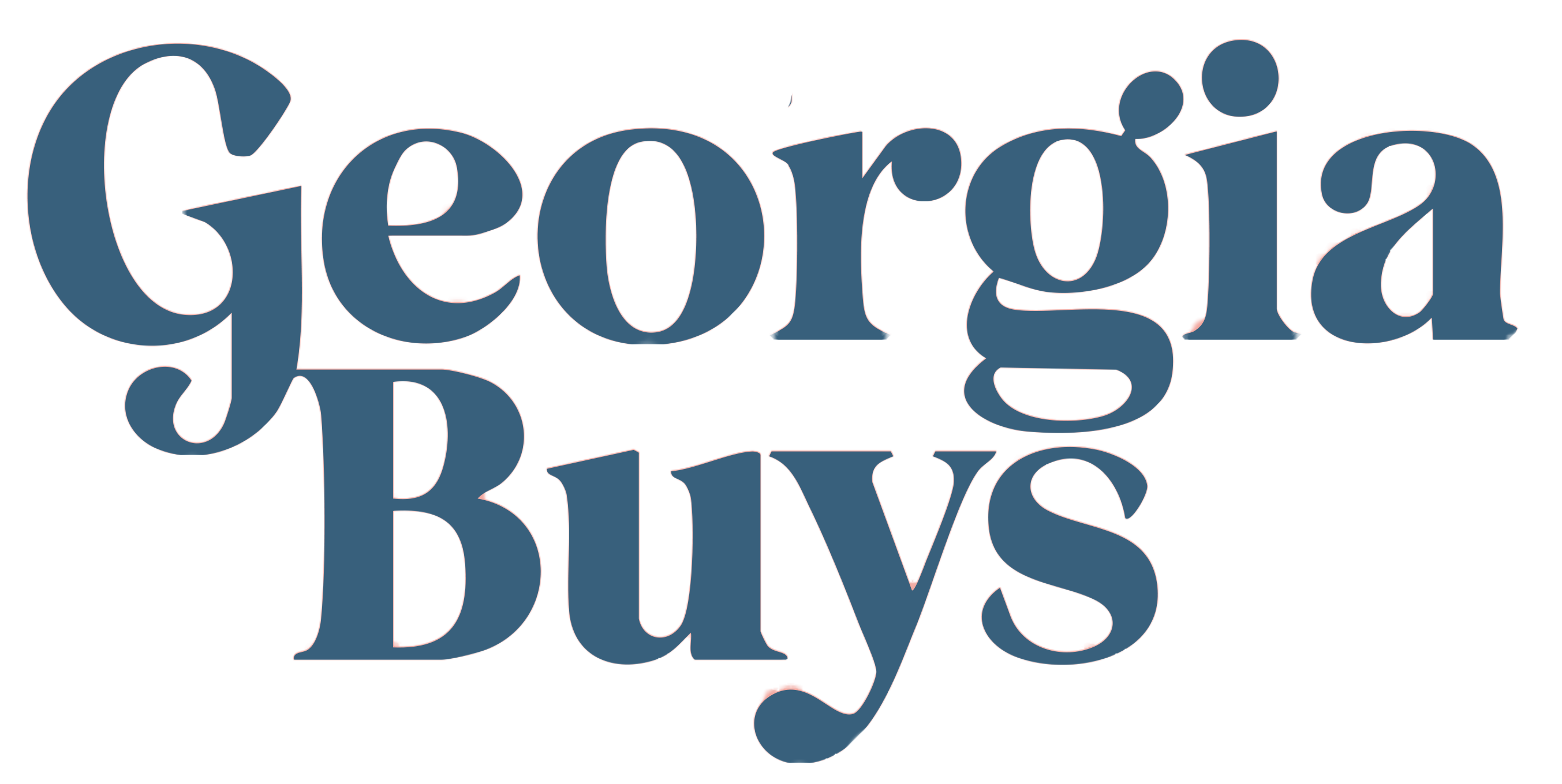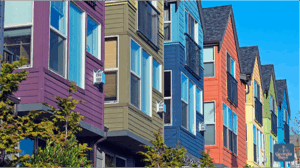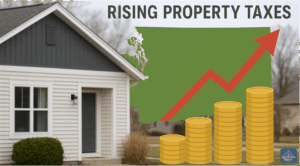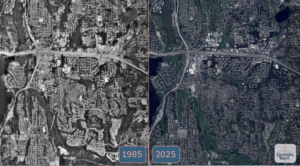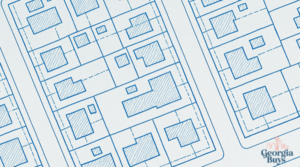Logging and Lumber: The Foundations of Everett
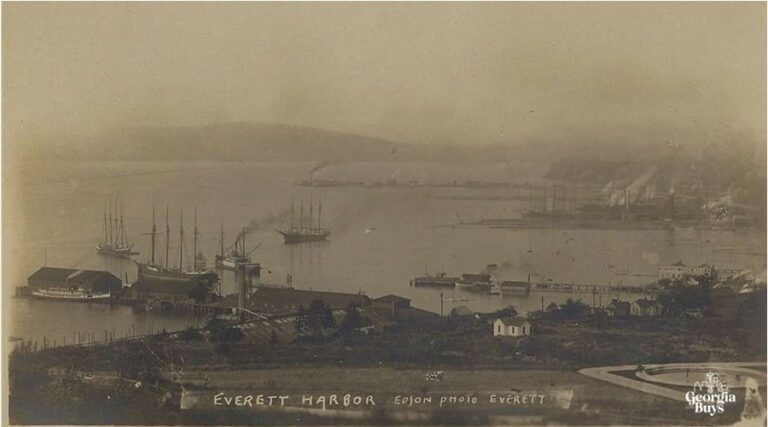
If you stand along the Everett waterfront today, looking out at the bustling marinas, parks, and restaurants, it might be hard to picture what it once was: a gritty industrial hub churning with the sounds of saws, mills, and locomotives. Everett, Washington, has undergone a remarkable transformation from a rough-and-tumble logging town into the suburban community it is today.
Let’s take a walk through Everett’s past and present, exploring its historical roots, changing landscape, evolving population, growing industries, and how its real estate has shifted along the way. Because to understand Everett today, you have to appreciate the towering trees and iron rails that built it.
Carved From Timber: Everett’s Early Days
Everett’s story officially begins in 1890, when a group of ambitious East Coast investors, including Henry Hewitt Jr. and backed by none other than John D. Rockefeller, saw potential in the dense forests of the Port Gardner Peninsula. The goal was grand: to create the “Pittsburgh of the West.”
By 1893, Everett was officially incorporated, positioned to thrive thanks to its deep-water port and proximity to endless stands of timber. The arrival of the Great Northern Railway that same year connected Everett to the rest of the country, ensuring that lumber, shingles, and other goods could flow freely eastward. The town rapidly earned the nickname “The City of Smokestacks,” with more than a dozen mills operating along its waterfront by the early 20th century (HistoryLink).
The mills processed fir, cedar, and hemlock logs floated downriver or hauled by train from the Cascades. Everett wasn’t just about lumber either; it housed one of the nation’s largest paper mills and a robust shipbuilding industry. For decades, if you lived in Everett, odds were you worked with wood or on the water.
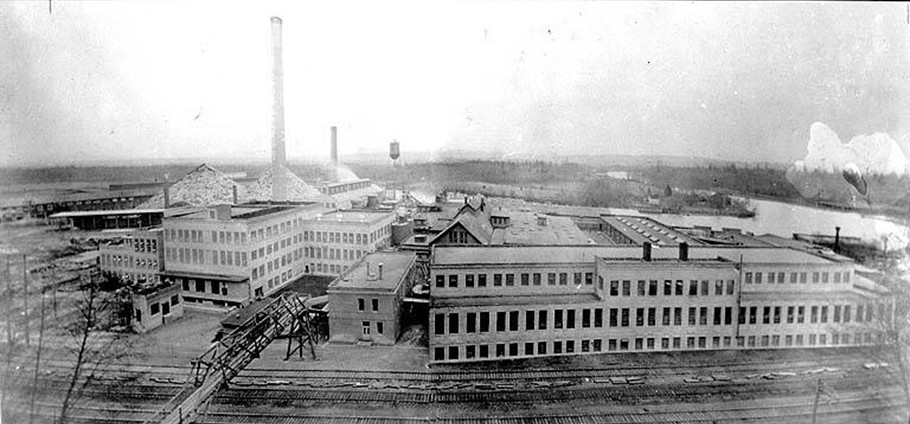
A Landscape Rewritten: Industry, Infrastructure, and the Naval Era
Before settlers arrived, Everett’s landscape was an untamed blend of towering forests, wetlands, and estuaries. Indigenous peoples, including the Snohomish Tribe, had lived in harmony with the land for generations. But with industrialization came dramatic change.
By the early 1900s, most of the old-growth forests around Everett were clear-cut. The riverbanks were dredged and bulkheaded to make way for industry, and the natural shoreline of Port Gardner Bay was filled in to support mill operations. Rail lines crisscrossed the city, hauling lumber from distant forests to waiting ships.
A major milestone in reshaping Everett’s landscape and identity came in 1984, when Naval Station Everett was commissioned. Positioned strategically along the north end of the Everett waterfront, the base was established to support a carrier strike group and other vessels vital to Pacific defense operations. The station officially opened in 1994 and has since served as home port to aircraft carriers, destroyers, and frigates, including the USS Abraham Lincoln and USS Nimitz.
The arrival of the Navy profoundly influenced both the physical landscape and local economy. Portions of the waterfront were secured for military use, and the city made significant infrastructure upgrades to support the base and its personnel. The presence of thousands of sailors and their families brought a new energy to Everett’s downtown and housing markets, encouraging new residential development, retail investment, and community services.
Beyond its economic impact, Naval Station Everett also played a key role in several high-profile military operations. It has supported humanitarian missions, joint exercises with allied forces, and deployments during global conflicts in the Persian Gulf and Pacific. The base continues to serve as a strategic naval hub and remains an integral part of Everett’s civic and physical fabric.
Everett’s Story Continues
Efforts like the Waterfront Place Redevelopment project have transformed former industrial land into vibrant residential and commercial spaces, with parks, trails, and restored wetlands. The city has also invested heavily in environmental clean-up projects to address decades of industrial pollution.
The scars of Everett’s industrial past haven’t been erased, but they’ve been thoughtfully integrated into a future that balances growth with environmental stewardship.
And there’s much more on the horizon. The Port of Everett’s Waterfront Redevelopment plan will dramatically reshape the waterfront over the coming years. This $1 billion investment will introduce more than 1.5 million square feet of new residential, commercial, and recreational space. The vision includes:
- 660 new housing units across multiple phases
- Over 300,000 square feet of retail, dining, and office space
- Four waterfront parks, including a new boat launch and pedestrian promenades
- Hotel developments and a new marina village concept
The project is designed to blend modern amenities with Everett’s historic character, aiming to create a true “destination waterfront” that draws visitors and locals alike. When complete, it will mark one of the largest waterfront redevelopment projects in the Pacific Northwest.
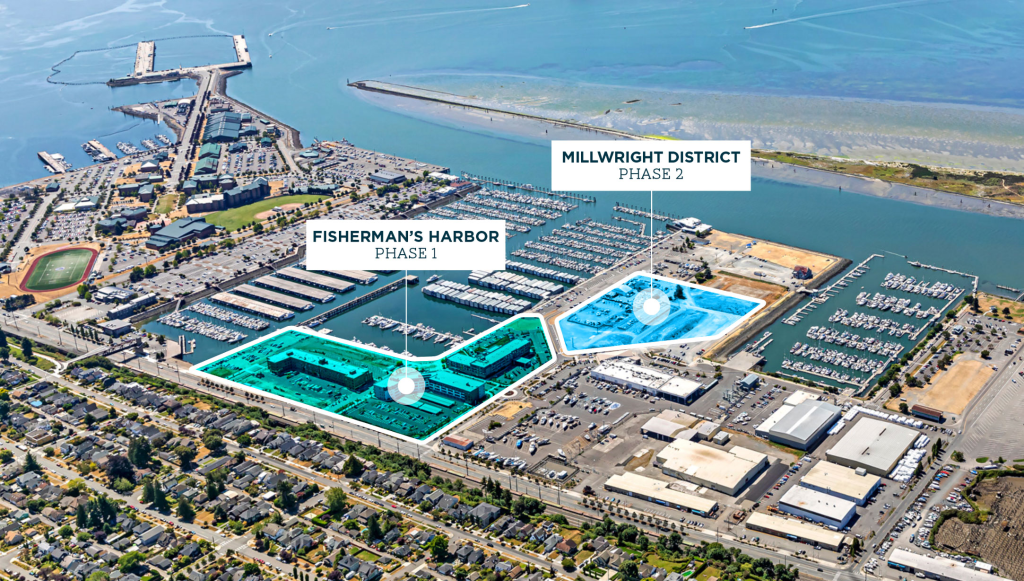
A City Grows Up: Population Changes
At its founding, Everett was a city of opportunity, drawing workers from across the country and the world. Early census records show a population boom: from a few hundred in 1890 to nearly 8,000 by 1900.
The Great Depression hit Everett hard, but World War II brought new life as shipyards ramped up production. After the war, Boeing’s arrival in the 1960s with the construction of its enormous assembly plant at nearby Paine Field triggered another surge. Everett’s population more than doubled between 1950 and 1970.
Today, Everett is home to more than 110,000 residents (U.S. Census Bureau), making it the largest city in Snohomish County. The city’s demographics have diversified significantly, with Latino, Asian, and Pacific Islander communities contributing to the area’s rich cultural fabric.
With projections estimating a rise to nearly 200,000 by 2050 (Everett Station District Alliance), Everett is preparing for steady, sustainable growth by investing in new housing, transit, and community services.
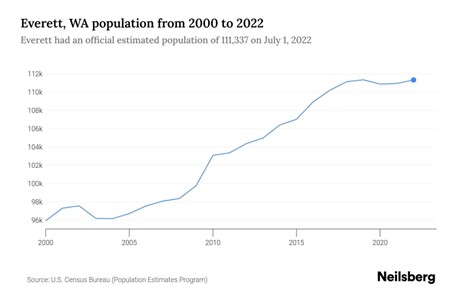
From Lumber to Launchpads: Everett’s Industries Today
While the timber industry laid the foundation, it was aerospace that propelled Everett into a new era. In 1967, Boeing built the world’s largest building by volume to assemble the new 747 “Jumbo Jet.” The Boeing Everett Factory remains a major employer today, anchoring the city’s economy.
Healthcare has also become a cornerstone industry, with providers like Providence Regional Medical Center serving the greater Snohomish County region. Education, advanced manufacturing, and technology startups are increasingly finding a home in Everett, too.
Downtown Everett has seen a renaissance of its own. New businesses, like craft breweries, boutiques, and art galleries, have moved into once-abandoned storefronts. The city has embraced a ‘live, work, play’ ethos, offering residents urban amenities without Seattle’s steep prices.
A few recent developments include:
- The opening of The HUB at Everett with Trader Joe’s as an anchor.
- Expansions at Kaiser Permanente.
- A surge in small, locally owned businesses like Obsidian Beer Hall.
Everett isn’t just surviving; it’s thriving.
Shifting Real Estate and Preserving Everett’s Charm
Everett’s real estate story mirrors its broader transformation. Once filled with boarding houses for mill workers and modest homes for shipbuilders, many of Everett’s historic neighborhoods remain remarkably well-preserved.
Areas like Rucker Hill and the North Historic District feature charming early 20th-century homes, many lovingly maintained or restored to their original character. Craftsman bungalows, Tudor Revivals, and early Colonial homes dot the landscape, offering buyers a tangible connection to the city’s past.
New development has certainly arrived, especially near the waterfront and in the downtown core, but Everett has worked hard to balance growth with preservation. City initiatives encourage adaptive reuse, meaning historic buildings are repurposed for modern needs without losing their original charm. It’s not unusual in Everett to find a 100-year-old home alongside a brand-new mixed-use development, each telling a piece of the city’s evolving story.
For homebuyers, investors, and history lovers alike, Everett offers a rare opportunity: the chance to live in a place where history isn’t just remembered, it’s still alive.
At Georgia Buys, we love helping our clients navigate Everett’s unique real estate landscape. Whether you’re drawn to a historic home with stories in its walls or a brand-new condominium near the waterfront, Everett has something special for everyone.
Honoring the Past, Embracing the Future
Everett has been careful to preserve its unique history. Historic districts like Rucker Hill showcase beautiful early-20th-century homes, while events like the Everett History Walks celebrate the city’s industrial heritage.
Art also plays a role in keeping Everett’s story alive. Local artists like Bernie Webber have captured scenes of the city’s transformation in vivid watercolors, displayed at places like Paine Field’s Bernie Webber Exhibit.
Looking forward, Everett’s Vision 2025 Plan outlines ambitious goals: developing sustainable transportation networks, creating affordable housing, expanding parks and green spaces, and ensuring equity and inclusivity in city services.
Final Thoughts
From towering cedar trees to jumbo jets, Everett’s story is one of resilience, reinvention, and community spirit. Its journey from a rough logging outpost to a dynamic suburban city is filled with lessons about honoring the past while embracing the future.
And if you listen carefully on a quiet evening, you might just hear echoes of the old mills, blending into the vibrant rhythm of a city still carving out its next great chapter.
